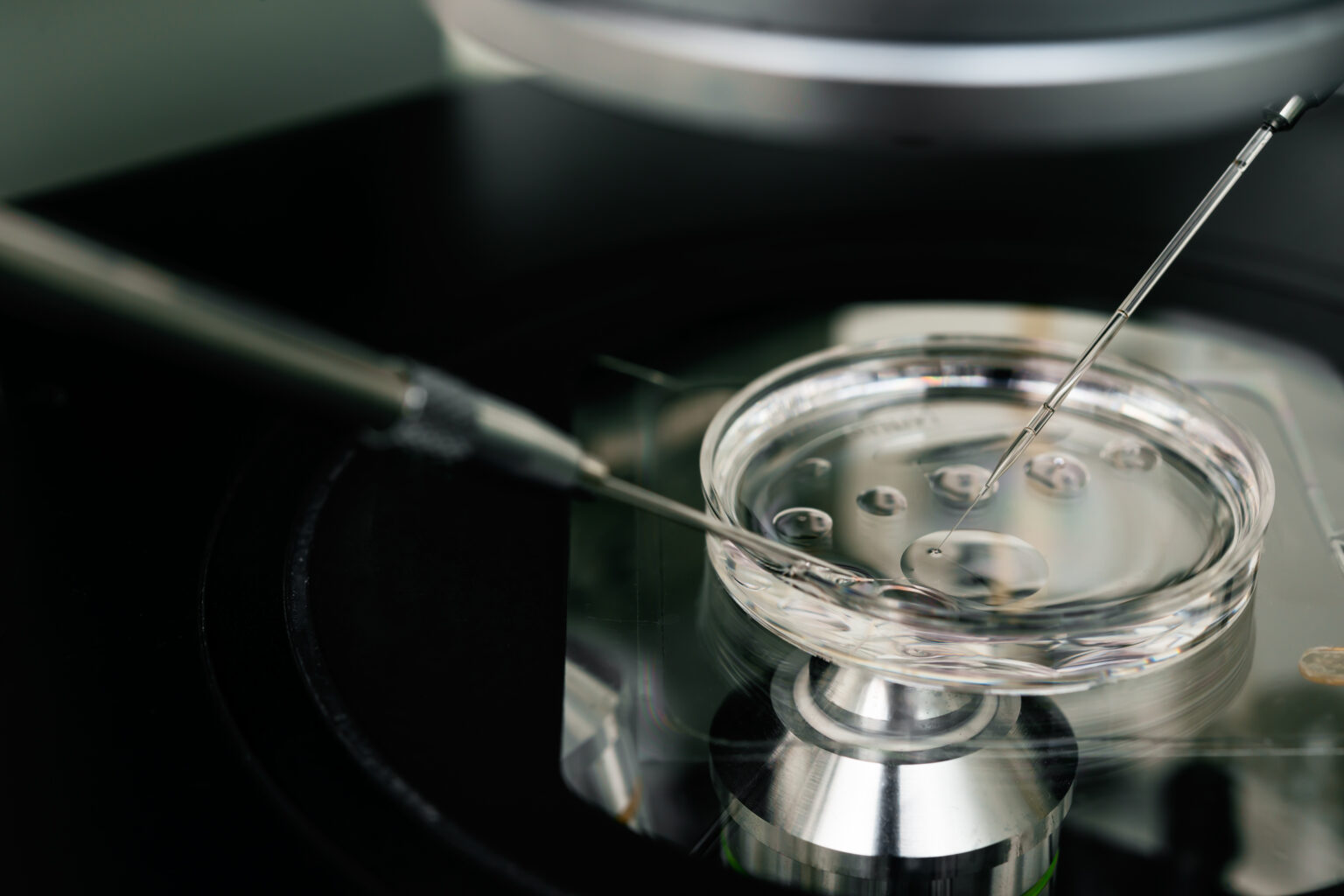In vitro fertilization (IVF) has become the most common treatment today with more people undergoing it. Recent reports reveal that IVF has become safer, and its success rate is improving with the average birth rate increasing to reach 22 percent in 2017. There is a lower multiple birth rate showing the success of IVF procedure as one among the most sought-after treatments. Moreover, the reasons for using fertility treatments by people have also changed with increase in the number of patients in heterosexual relationships.
What is In Vitro Fertilization or IVF?
IVF is a procedure that helps couples with infertility to have a baby or prevent genetic problems. The treatment involves retrieving eggs from the ovaries of a woman and placing them with prepared sperm cells in a petri dish for fertilization, and once the eggs are fertilized and become embryos, the healthy ones are transferred to the woman’s uterus. A complete IVF cycle takes about 3 weeks; however, there are instances of the IVF procedure taking long owing to the splitting of the steps into different parts.
Being one of the most effective types of assisted reproductive technology (ART), IVF helps women conceive by using their own eggs and partners’ sperm or involves embryos, eggs or sperm from a donor, who is known or anonymous. IVF is also used to implant an embryo of intended parents in a gestational carrier.
Also, Read: Indian Celebrities Who Chose IVF
Understanding the IVF Procedure
The IVF procedure contains several steps. Nevertheless, the couples using their own eggs and sperm should undergo some screenings such as the ovarian reserve tests, infectious disease tests, semen analysis and uterine examination before starting the IVF cycle. It is also essential to consider the number of embryos to be transferred, which typically depends on your age; what would you do with extra embryos, whether to keep them for later use, or donate them to research center or couples who need them; handling a multiple pregnancy; and complications connected with using a gestational carrier, or donor embryos, eggs or sperm.
The Step-By-Step Procedure for in Vitro Fertilization Includes:
-
Step 1: Ovarian Stimulation
The first step in IVF is ovulation induction, where you are injected hormones to produce multiple eggs. Ovaries normally take an alternate turn to produce a single oocyte during every menstrual cycle. For the IVF process, multiple eggs are required because not all eggs fertilize or develop after fertilization.
The medications you undergo during the treatment include an injection containing a luteinizing hormone (LH) and a follicle-stimulating hormone (FSH), human chorionic gonadotropin (HCG) to help eggs mature, and those medications that avoid premature ovulation.
The doctor you consult will determine the time period you require for ovarian stimulation and the retrieval of eggs, though for ovulation, you generally need one to two weeks. The doctor has to perform vaginal ultrasound and blood tests to decide whether the eggs can be retrieved.
A vaginal ultrasound helps you track the development of follicles through a clear image of the cervix, fetus and placenta. Blood tests help determine the estrogen levels, which will be higher owing to the development of follicles.
Also, Read: Who Needs IVF treatment
-
Step 2: Egg Retrieval
Using transvaginal ultrasound aspiration, the eggs are retrieved. For the process, you will be sedated to insert an ultrasound probe into your vagina to determine follicles. After that, a thin needle is inserted to reach the follicles and retrieve the eggs. With the needle in the suction device, you can retrieve multiple eggs within 20 minutes. In these eggs, mature and healthy eggs are kept in a culture or growth medium and incubated.
- Step 3: Fertilization
There are two common methods of fertilization and they are:
- Conventional insemination: Under this method, the eggs are joined with the healthy sperm and incubated overnight.
- Intracytoplasmic sperm injection (ICSI): If there is a low semen count, the quality of the sperm is not good, or the previous IVF cycles have failed fertilization, ICSI technique is used by directly injecting a healthy sperm in the cytoplasm of the egg.
Also, Read: Why Couples Should Opt for IVF
-
Step 4: Embryo Transfer
After a few days of the retrieval of eggs, the embryo transfer takes place. The procedure involves giving a mild sedative and then, inserting a catheter, which is a long flexible tube, inside the vagina to the uterus. Though a painless process, the patient may experience mild cramping. The catheter has a syringe attached to it, and at the end of the syringe, more than one embryos are suspended in the fluid to place them in the uterus. You become pregnant if the embryo implants in the lining of the uterus.
-
Step 5: After the Embryo Transfer
You can continue with your day-to-day activities though there will be some side effects such as mild bloating and cramping, breast tenderness, and constipation. You will be referred to an obstetrician if you are pregnant. If you are not, you should stop taking progesterone to get ready for another IVF procedure after consulting with your doctor.
